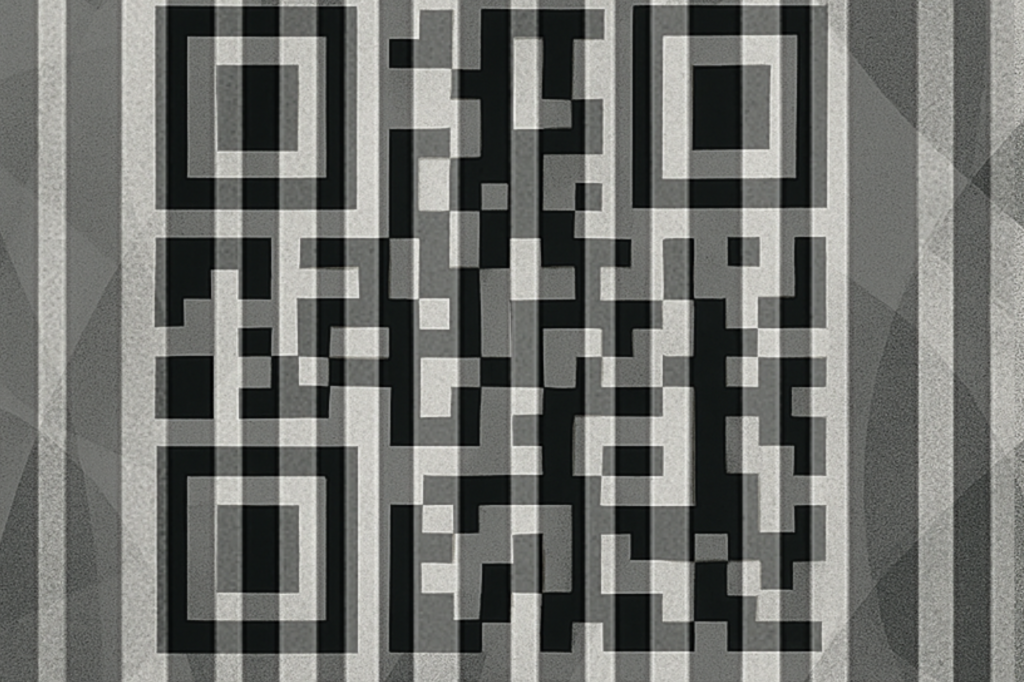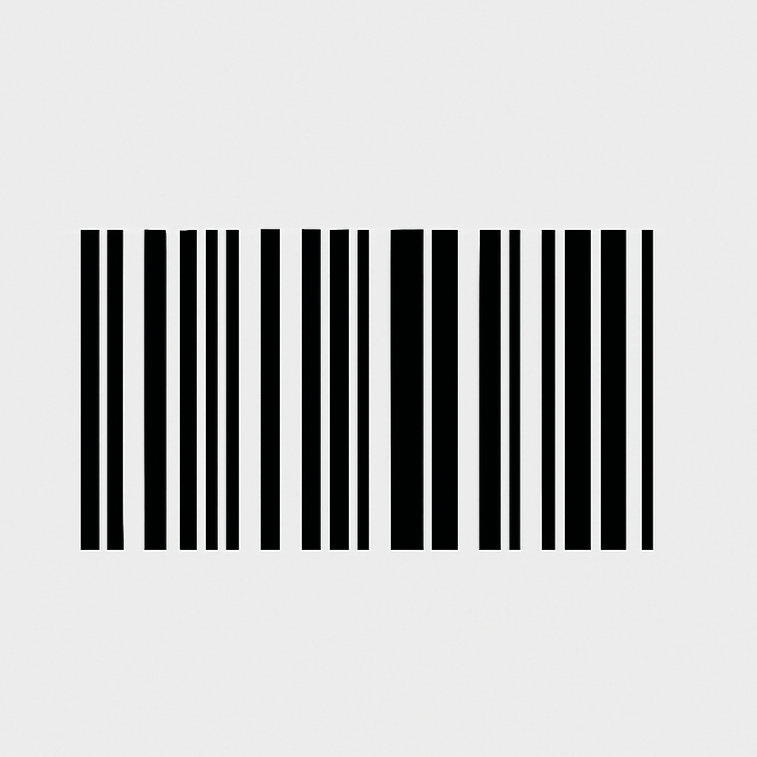
The Ultimate Showdown: How Barcode Scanning Tags Stack Up Against QR Codes for Product Tracking
In the rapidly evolving landscape of inventory management and product tracking, businesses are increasingly relying on technology to streamline operations and enhance efficiency. Among the most popular solutions are barcode scanning tags and QR codes. Both technologies offer unique advantages and are used widely across various industries, including pharmaceuticals, healthcare, cosmetics, and nutraceuticals. This article…
In the rapidly evolving landscape of inventory management and product tracking, businesses are increasingly relying on technology to streamline operations and enhance efficiency. Among the most popular solutions are barcode scanning tags and QR codes. Both technologies offer unique advantages and are used widely across various industries, including pharmaceuticals, healthcare, cosmetics, and nutraceuticals. This article explores the differences between barcode scanning tags and QR codes, helping businesses make informed decisions about which technology best suits their product tracking needs.
Understanding Barcode Scanning Tags
Barcode scanning tags are machine-readable representations of data. They typically consist of a series of vertical bars and spaces that encode information, such as product details, prices, and inventory information. Barcodes are used in a variety of applications, including retail, logistics, and healthcare, to facilitate quick and accurate data entry.
Types of Barcodes
1D Barcodes: Traditional linear barcodes that contain information in a one-dimensional format, typically used for retail products.
2D Barcodes: Matrix barcodes, such as QR codes, that can store more data than 1D barcodes. They can be scanned from various angles and hold more information.


Understanding QR Codes
Quick Response (QR) codes are a type of two-dimensional barcode that can store a significant amount of information in a compact format. QR codes can be scanned using smartphones and tablets, making them highly accessible for consumers and businesses alike. They can encode various types of information, including URLs, product details, and promotional offers.
Key Differences Between Barcode Scanning Tags and QR Codes
- Data Capacity
- Barcode Scanning Tags: Standard 1D barcodes can hold a limited amount of information, typically up to 20 characters. This is sufficient for basic product identification but may not provide extensive details.
- QR Codes: QR codes can hold up to 7,089 numeric characters or 4,296 alphanumeric characters, making them suitable for more complex data, including URLs, product descriptions, and multimedia content.
- Scanning Technology
- Barcode Scanning Tags: Require a dedicated barcode scanner or a specialized app to read the information. Scanners are typically designed for 1D barcodes and may not read 2D codes effectively.
- QR Codes: Can be scanned using any smartphone camera or QR code reader app. This accessibility allows users to quickly access information without needing specialized equipment.
- Usage Context
- Barcode Scanning Tags: Commonly used in retail environments for inventory management, point-of-sale transactions, and supply chain logistics. They are often printed on product packaging for easy scanning.
- QR Codes: Used in various contexts, including marketing, product packaging, and customer engagement. They can link to websites, videos, or social media pages, providing a seamless experience for consumers.
- User Interaction
- Barcode Scanning Tags: Primarily used by retailers and suppliers for inventory control. Consumers typically do not interact with barcodes unless they are scanning items at checkout.
- QR Codes: Designed for consumer interaction. Users can scan QR codes to access additional information, promotions, or product details, enhancing engagement and customer experience.
- Design and Aesthetics
- Barcode Scanning Tags: Simple and utilitarian in design. They may not be visually appealing but are functional and effective for identification purposes.
- QR Codes: Can be customized with colors and logos, making them visually appealing and brand-friendly. This customization can help businesses reinforce their brand identity.
- Cost-Effectiveness
- Barcode Scanning Tags: Generally cheaper to produce, especially for high-volume items. Barcodes can be printed on labels or directly onto packaging with minimal costs.
- QR Codes: Also cost-effective, especially since they are generated digitally and can be printed on any surface. However, the technology for scanning QR codes may require initial investment in mobile devices or apps.
- Durability and Reliability
- Barcode Scanning Tags: Typically more durable than QR codes. When printed on labels or packaging, barcodes can withstand various environmental factors, including moisture and abrasion.
- QR Codes: While QR codes are also durable, their performance can be affected by damage or distortion. A significant portion of the code must remain intact for successful scanning.
Use Cases for Barcode Scanning Tags
- Retail and Inventory Management: Barcodes are widely used in retail environments for tracking products and managing inventory levels. They streamline the checkout process and help businesses maintain accurate stock records.
- Healthcare Applications: In healthcare, barcodes are used for patient identification, medication administration, and tracking medical supplies. This ensures accurate medication delivery and reduces the risk of errors.
- Logistics and Supply Chain: Barcode scanning tags facilitate tracking of goods throughout the supply chain, from production to distribution. This helps companies monitor inventory levels and reduce losses.
Use Cases for QR Codes
- Marketing and Promotions: QR codes can be placed on advertisements, business cards, and product packaging to provide consumers with quick access to promotional content, websites, or social media pages.
- Product Information: Brands can use QR codes on packaging to provide additional information about their products, including usage instructions, ingredients, and sourcing information.
- Event Management: QR codes can be used for ticketing and registration at events. Attendees can scan codes to gain entry or access event information on their smartphones.
Making the Right Choice: Barcode Scanning Tags vs. QR Codes
When deciding between barcode scanning tags and QR codes for product tracking, businesses should consider the following:
- Nature of Information: If you require extensive information to be accessed quickly, QR codes may be the better choice. For simple product identification, barcode scanning tags are sufficient.
- Target Audience: Consider your audience’s technical proficiency. If your customers are likely to use smartphones regularly, QR codes can enhance engagement. If you cater to a more traditional audience, barcodes may be more appropriate.
- Application Context: For inventory management and supply chain logistics, barcode scanning tags are the industry standard. For marketing and customer engagement, QR codes excel in providing interactive experiences.
- Cost and Production: Evaluate your budget and production capabilities. Both technologies are cost-effective, but your specific needs may dictate which option is more suitable in terms of initial investment and ongoing costs.
- Integration with Existing Systems: Consider how either option will integrate with your current systems. Ensure that your scanning technology and software are compatible with the chosen tracking method.
The Role of Miniature Folding Inc. in Product Tracking Solutions
At Miniature Folding Inc., we understand the importance of effective product tracking in enhancing operational efficiency and improving customer experience. We offer a range of folding and bindery services tailored to the needs of various industries, including pharmaceuticals, healthcare, and cosmetics.
Our expertise in packaging solutions extends to the integration of barcode scanning tags and QR codes into product packaging. By collaborating with our team, businesses can ensure that their packaging not only meets regulatory standards but also enhances brand visibility and customer engagement.
Ready to Enhance Your Product Tracking?
Are you looking to improve your product tracking methods with effective barcode scanning tags or QR codes? Contact Miniature Folding Inc. today to explore customized packaging solutions that meet your business needs while enhancing efficiency and customer satisfaction.
You might find interesting:
Related Insights
Keep Exploring Sustainable Packaging Trends
 Read more
Read moreWhat Makes a Folding Insert High Quality? Key Features to Look For
High Quality Folding Inserts In the competitive landscape of packaging, folding inserts or folding sheets
 Read more
Read moreThe Ultimate Showdown: How Barcode Scanning Tags Stack Up Against QR Codes for Product Tracking
In the rapidly evolving landscape of inventory management and product tracking, businesses are increasingly relying
 Read more
Read moreEnhancing Patient Safety: How Folded Inserts Outperform Digital Information Leaflets
In the healthcare sector, effective communication is crucial, especially when it comes to patient safety.

